It is believed that the first team in Humboldt County began in 1874 and was called the Baseball Club of Rohnerville. There was very little competition at the time, the first written account was a game between them and the Ferndale Baseball Club where Rohnerville cruised to an easy victory by the score of 60-29. The high run count was not unusual for that era.
In 1878, the Blue Stocking Baseball Club was organized. They had solid financial backing and a five year lease on a piece of land opposite Pleasure Park, between F and G streets in Eureka. They lost their first game to the Mutuals by the score of 28 to 24.
| In the 1920s the Humboldt County League became a very important part of baseball on the West Coast as players were heavily recruited and moved back and forth between Humboldt County and the Bay Area’s Pacific Coast League, which was considered on par with the majors. The local baseball leagues and teams remained very strong into the 1930s. The top league in the county was either called the Humboldt County League or the Redwood League with teams such as the Scotia Lumberjacks, Eureka Merchants, and the Arcata Blues. | Above: Photos of some of the company and commercial-sponsored teams |

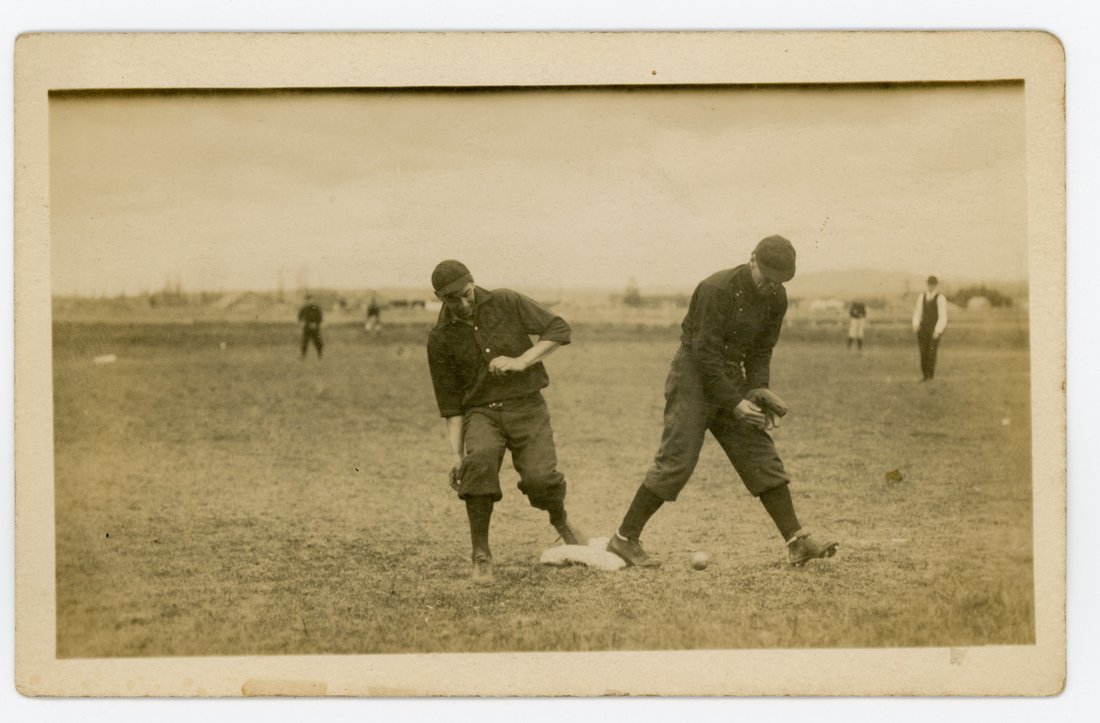
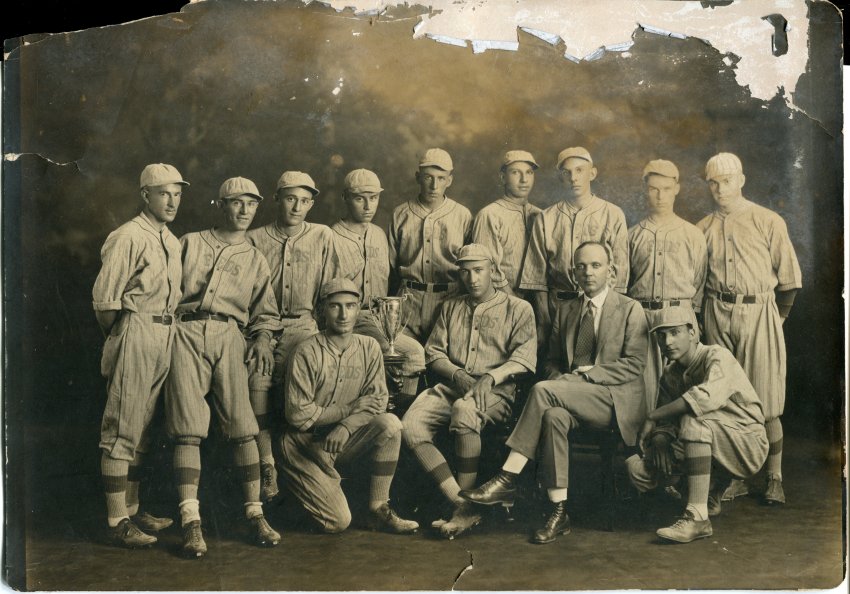
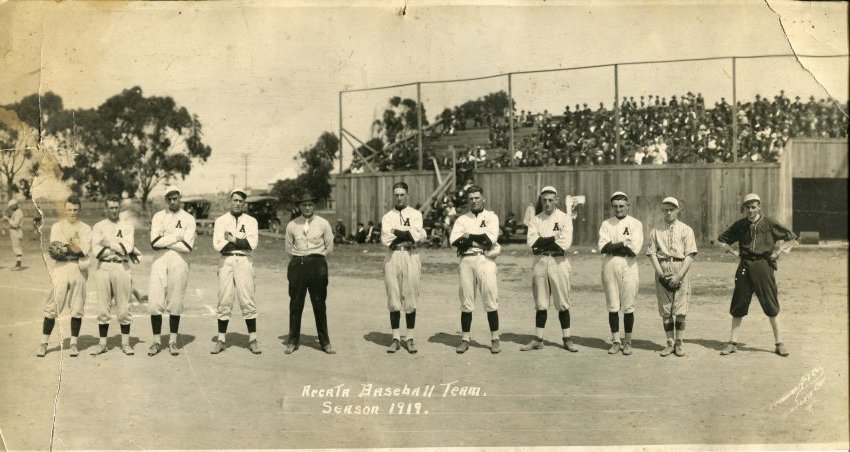
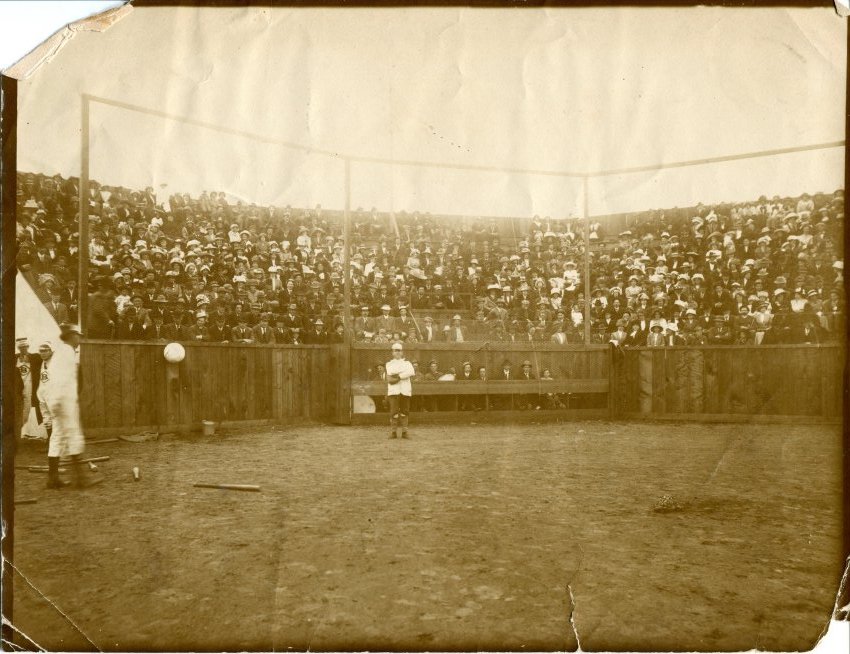
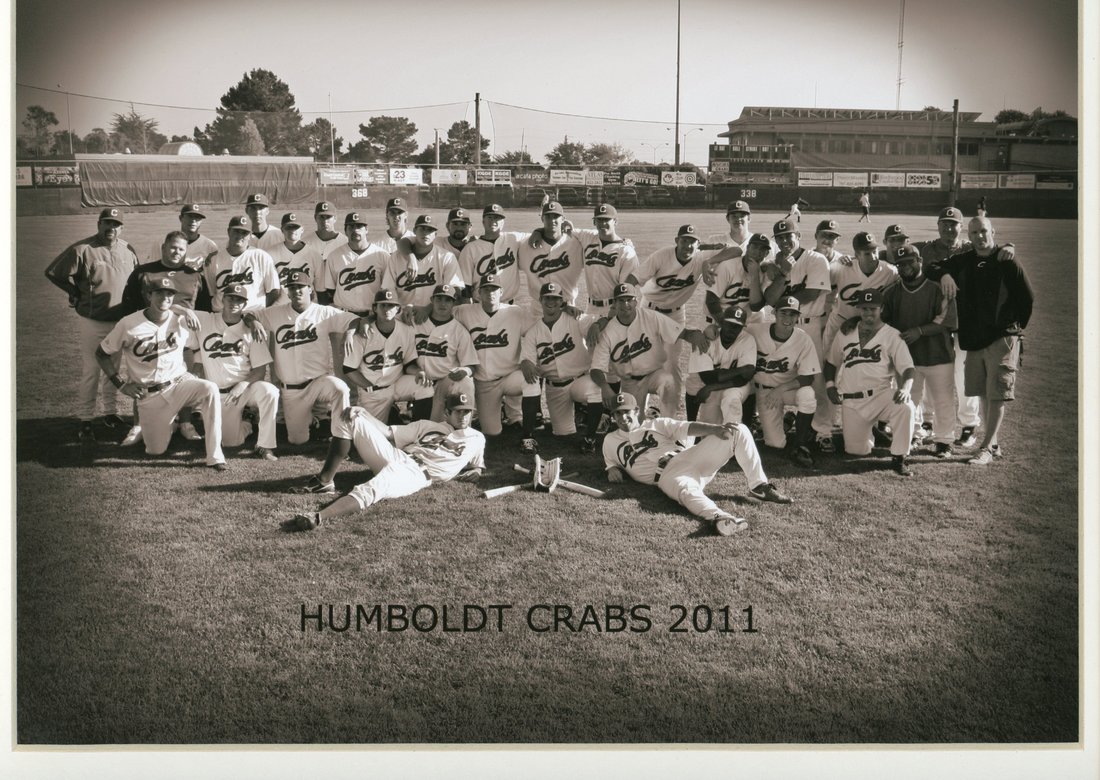
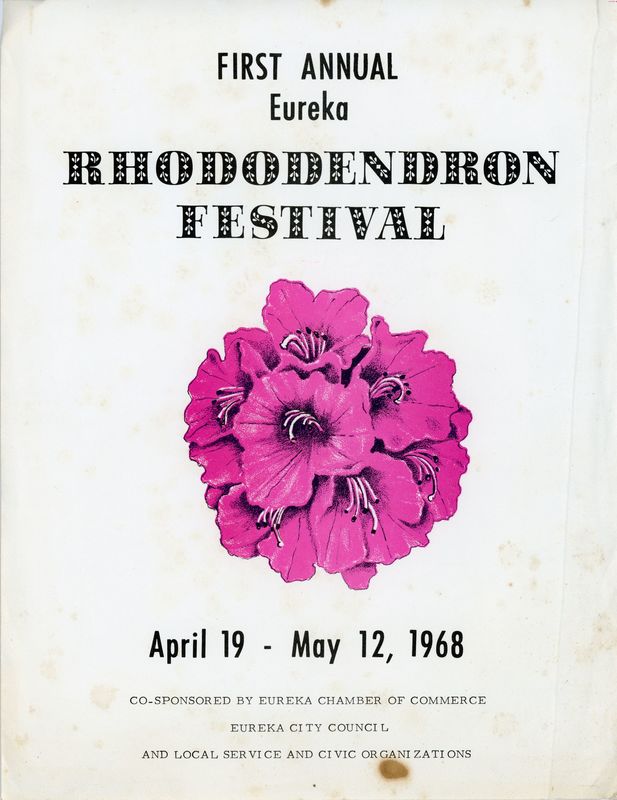
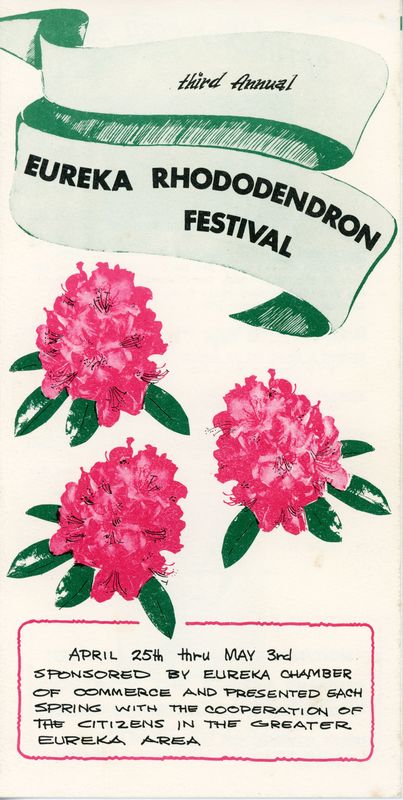
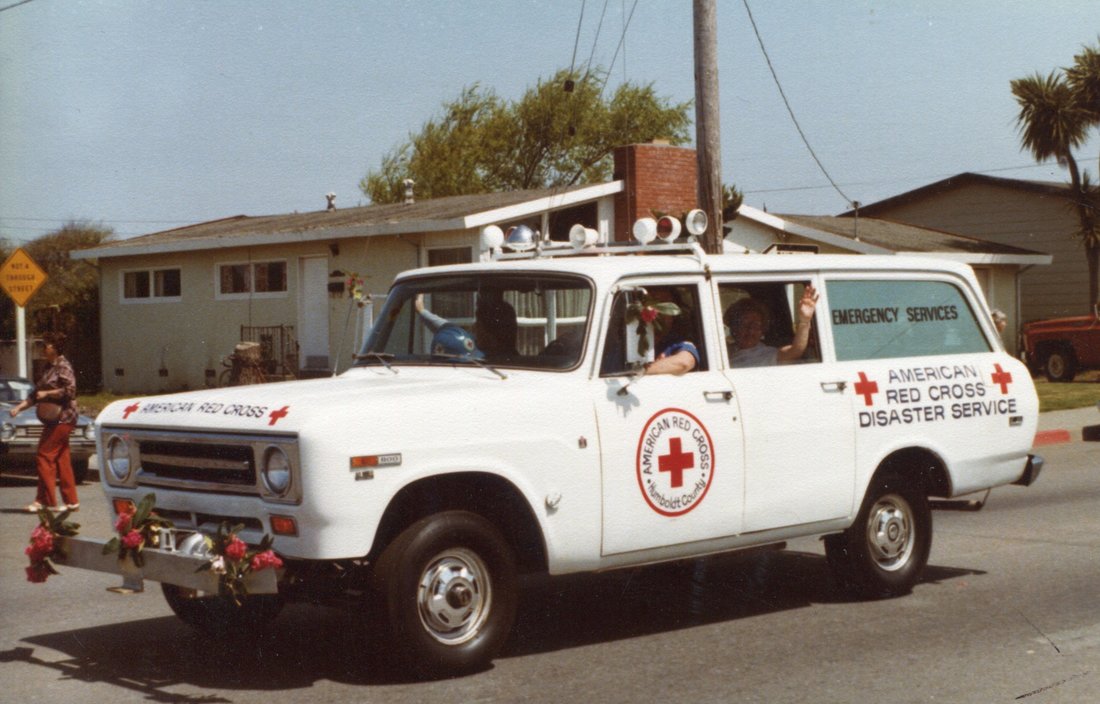
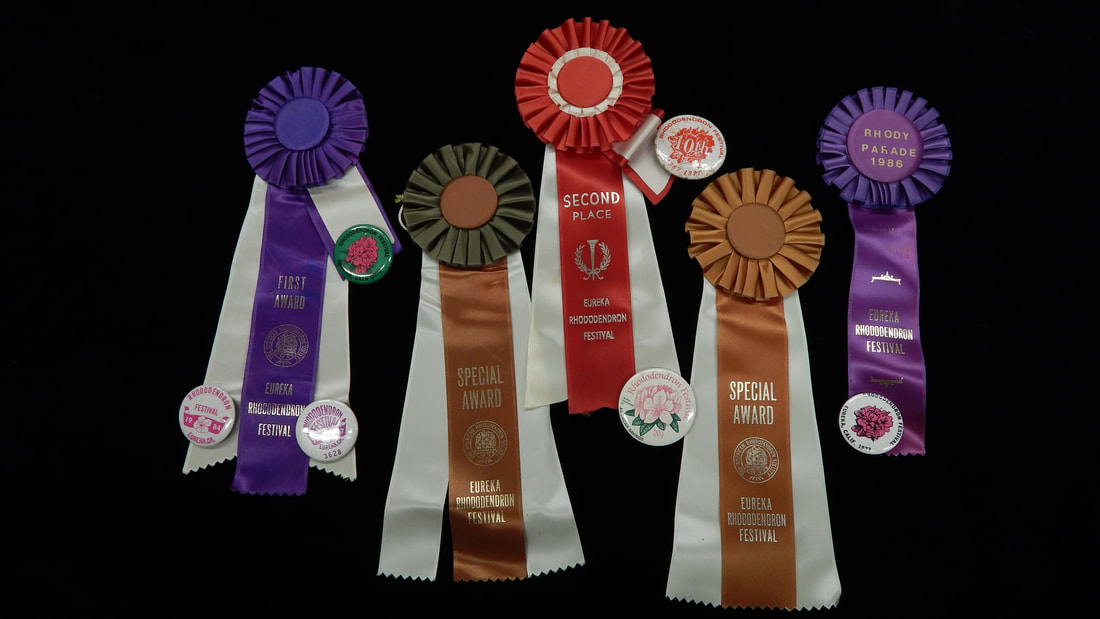
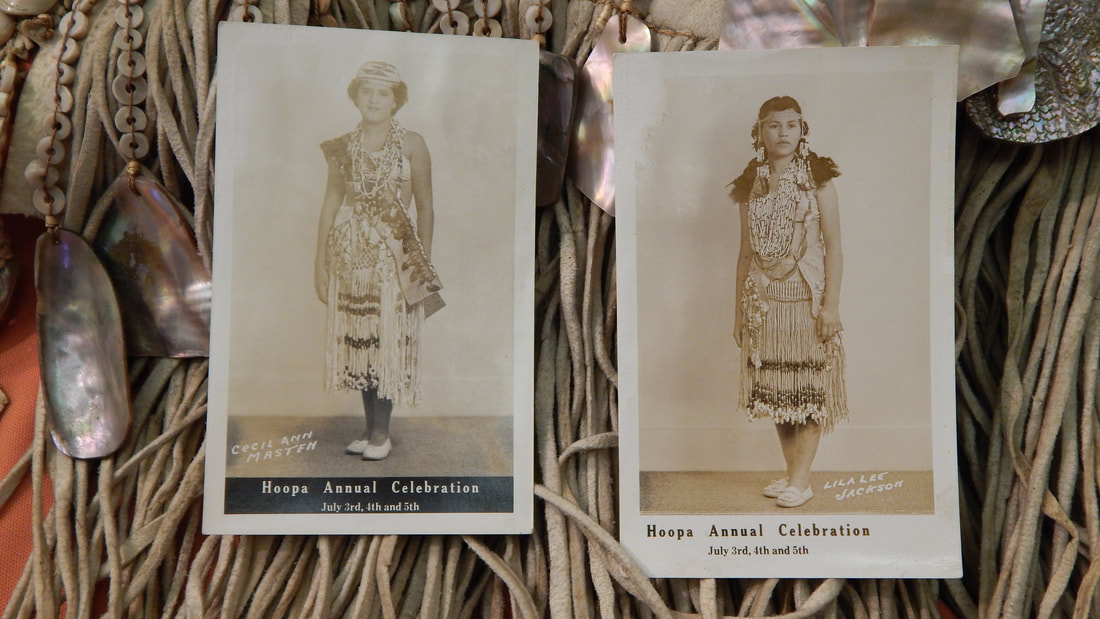
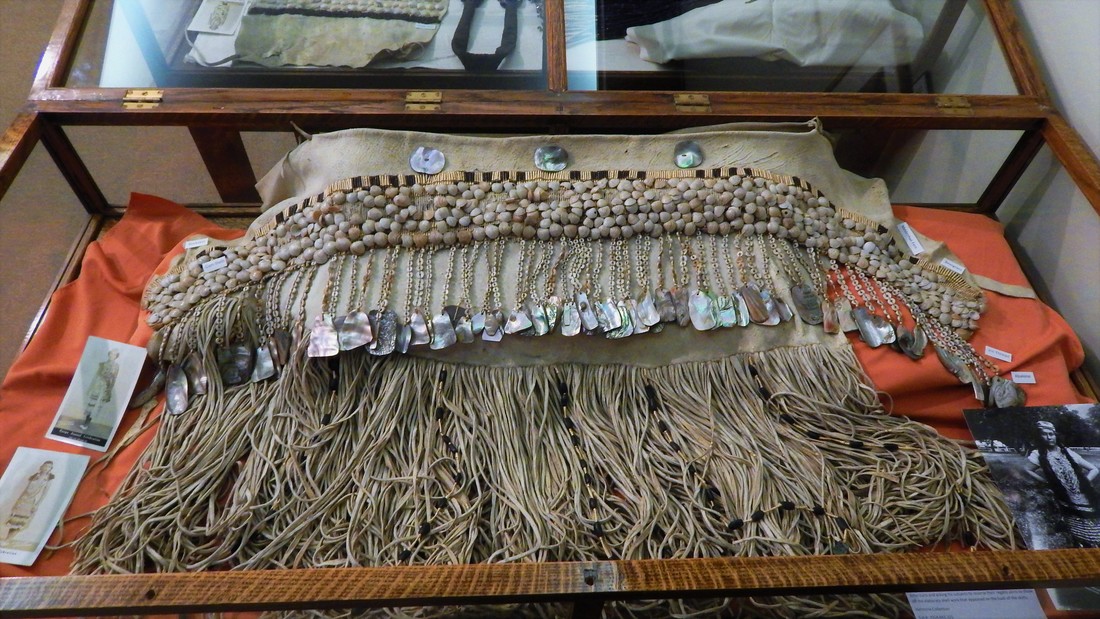

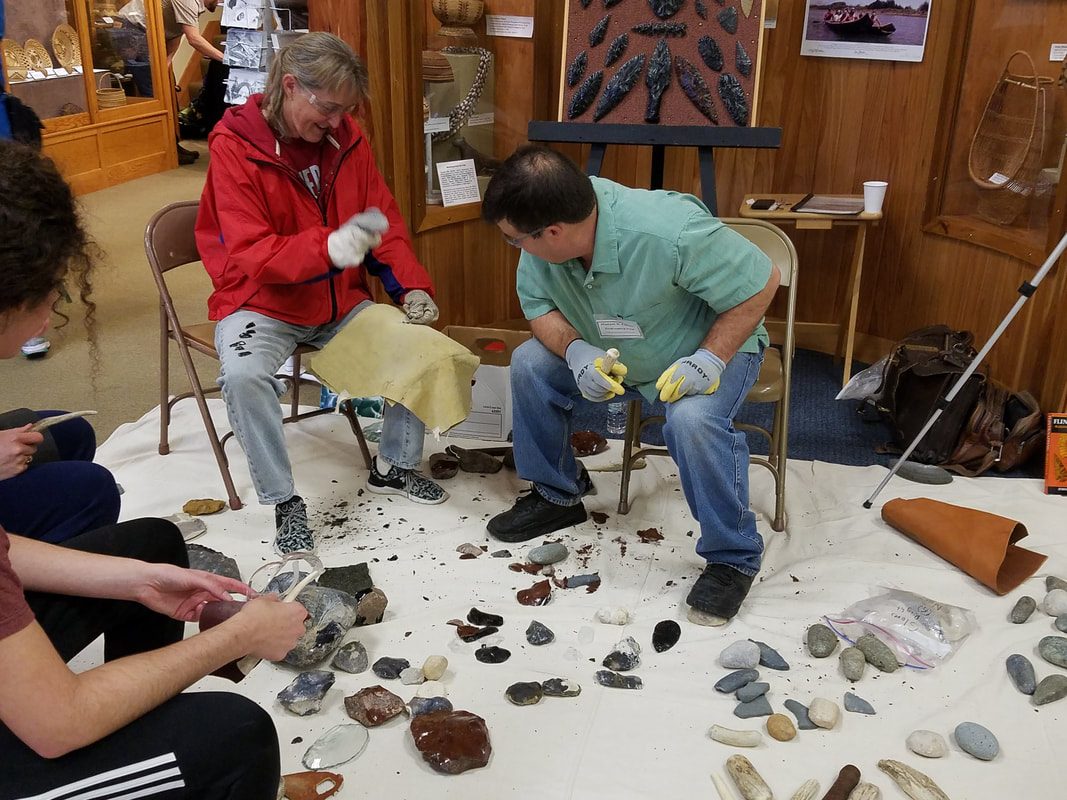
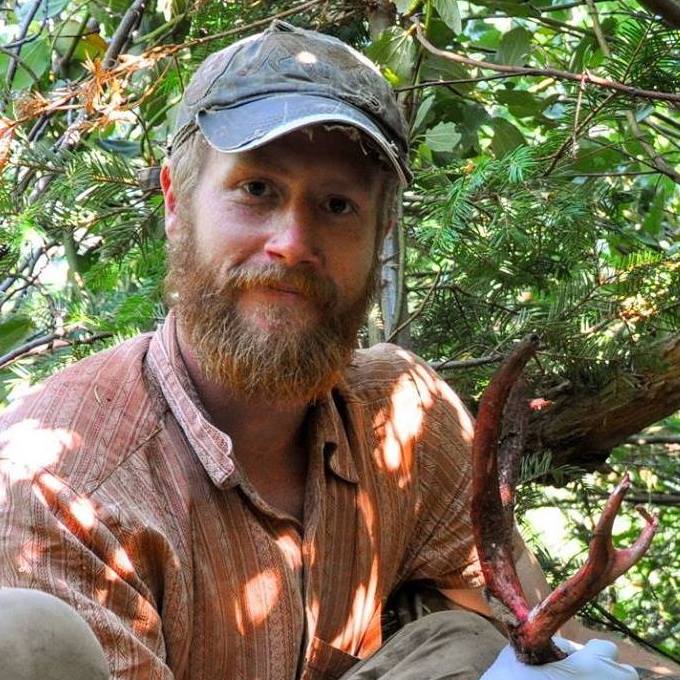

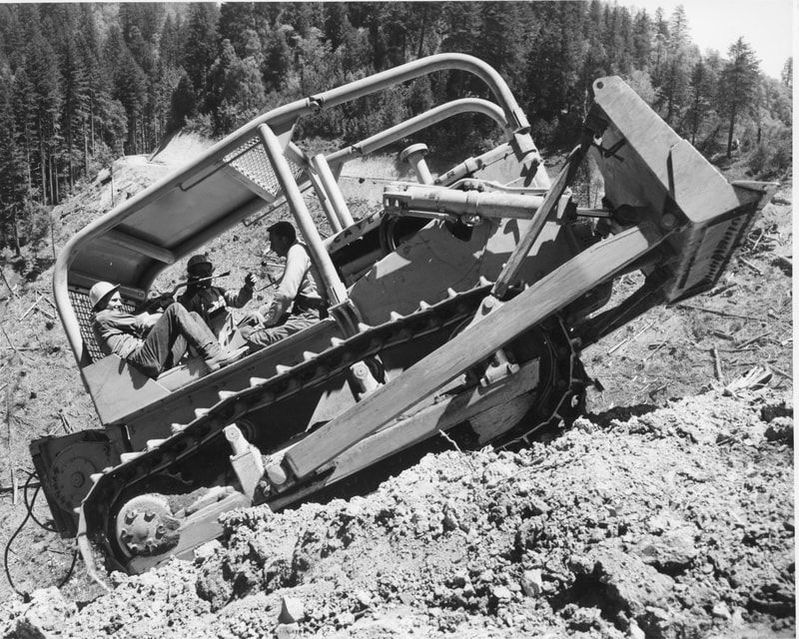
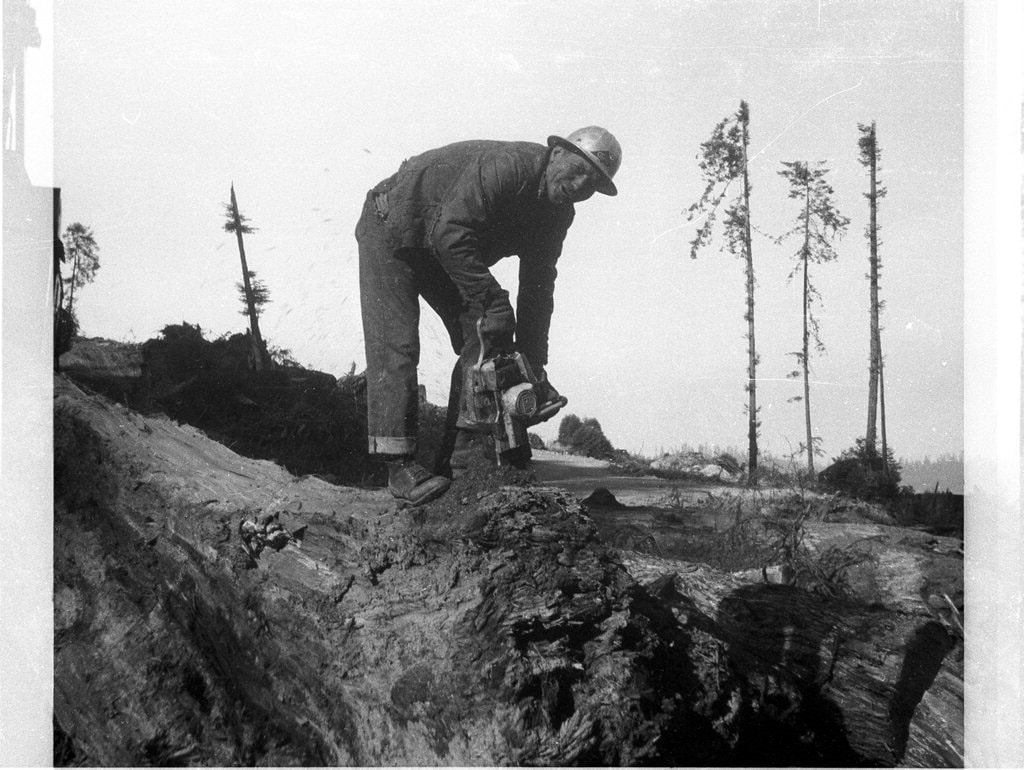
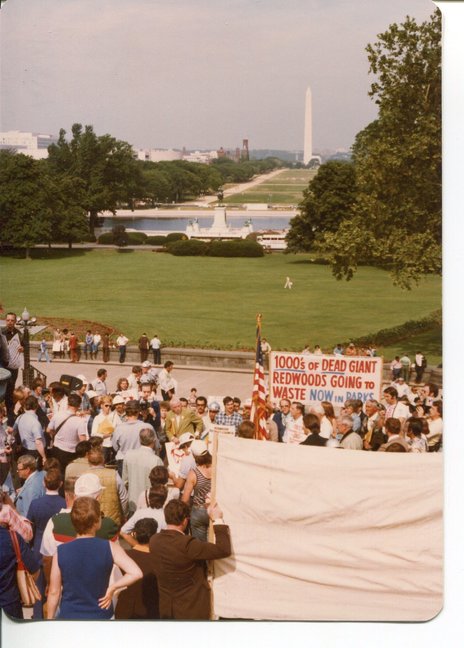

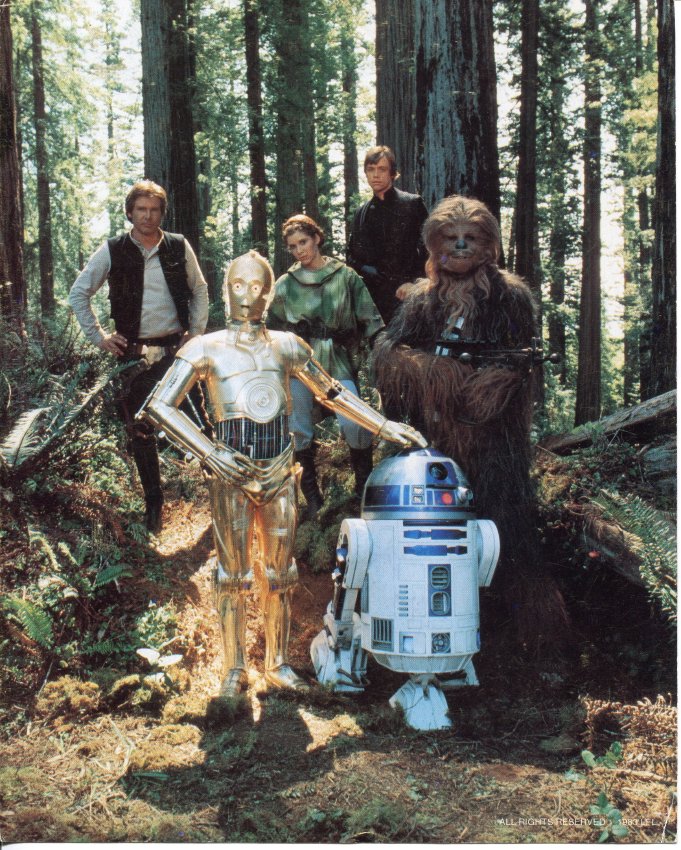
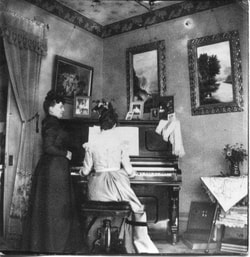
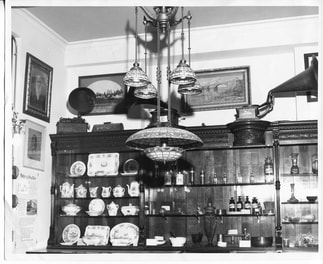

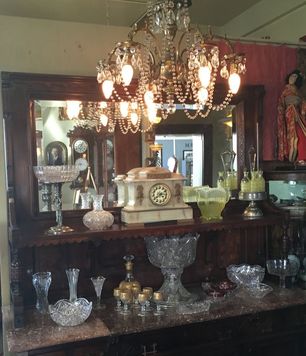
 RSS Feed
RSS Feed